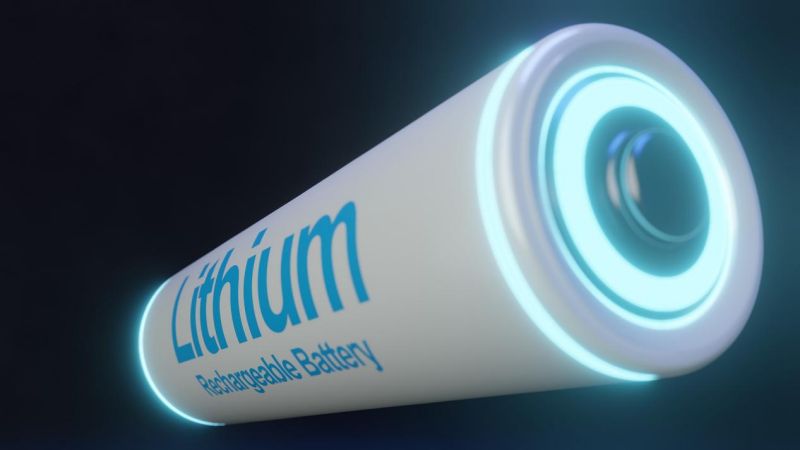Spot welding machines are versatile tools crucial for metal joining across industries. Here’s a detailed breakdown:
Principle of Operation: Spot welding utilizes resistance heating, where electrodes pass an electrical current through metal, creating heat at the contact point to facilitate welding. Understanding this principle is key to mastering spot welding techniques.
Types of Spot Welding Machines: Explore various types including:
Pedestal Spot Welders: Designed for heavy-duty tasks, these machines offer stability and power for welding thicker materials. They typically feature a robust frame and larger transformers to handle high currents.
Portable Spot Welders: Ideal for mobility and onsite repairs, these machines are lightweight and compact, making them suitable for smaller-scale projects or working in confined spaces. They are often used in automotive repair shops and construction sites.
Robotic Spot Welders: Integrated with robotic arms, these machines automate the welding process, ensuring precision and efficiency in mass production. They are commonly found in automotive manufacturing plants for welding car bodies and components.
Applications: Spot welding finds extensive use in industries such as automotive, aerospace, electronics, and construction. It’s employed for joining sheet metal components, wire mesh, and electrical contacts, contributing significantly to assembly processes and product durability. In automotive manufacturing, spot welding is used to assemble car bodies, while in electronics, it’s used for joining battery cells and circuit boards.
Selecting the Right Machine: Consider factors like material thickness, power output, and electrode design to ensure optimal performance. For thicker materials, a machine with higher power output and larger electrodes may be required. Additionally, the type of electrode (e.g., pointed or flat) should be chosen based on the specific welding application.
Maintenance and Troubleshooting: Regular maintenance is crucial for spot welding machines to prolong their lifespan and ensure safety. This includes cleaning electrodes and welding surfaces, inspecting cables and connections for damage, and lubricating moving parts. Common issues like weak welds and electrode sticking can be resolved through proper cleaning, adjustment of parameters, and adherence to safety protocols.
Future Trends: Advancements in spot welding technology focus on enhancing efficiency, automation, and sustainability. This includes integrating artificial intelligence for process optimization and developing eco-friendly welding techniques, such as laser and ultrasonic welding. These innovations aim to improve productivity, reduce energy consumption, and minimize environmental impact.
Specialized Solutions: Companies like Styler offer specialized spot welding machines tailored for specific applications. For instance, Styler’s spot welding machines are widely used for welding lithium batteries, showcasing precision and reliability in critical industries like electronics and energy storage. Their machines are equipped with advanced features for welding thin and delicate materials, ensuring high-quality and consistent welds.
Mastering spot welding machines is essential for professionals across industries. It drives innovation and progress while ensuring efficient, precise, and reliable welds. Styler’s specialized solutions further underscore the importance of technological advancements in meeting industry needs. With this comprehensive guide, you’re equipped to excel in spot welding applications and contribute to industrial advancement.
Post time: Apr-15-2024









